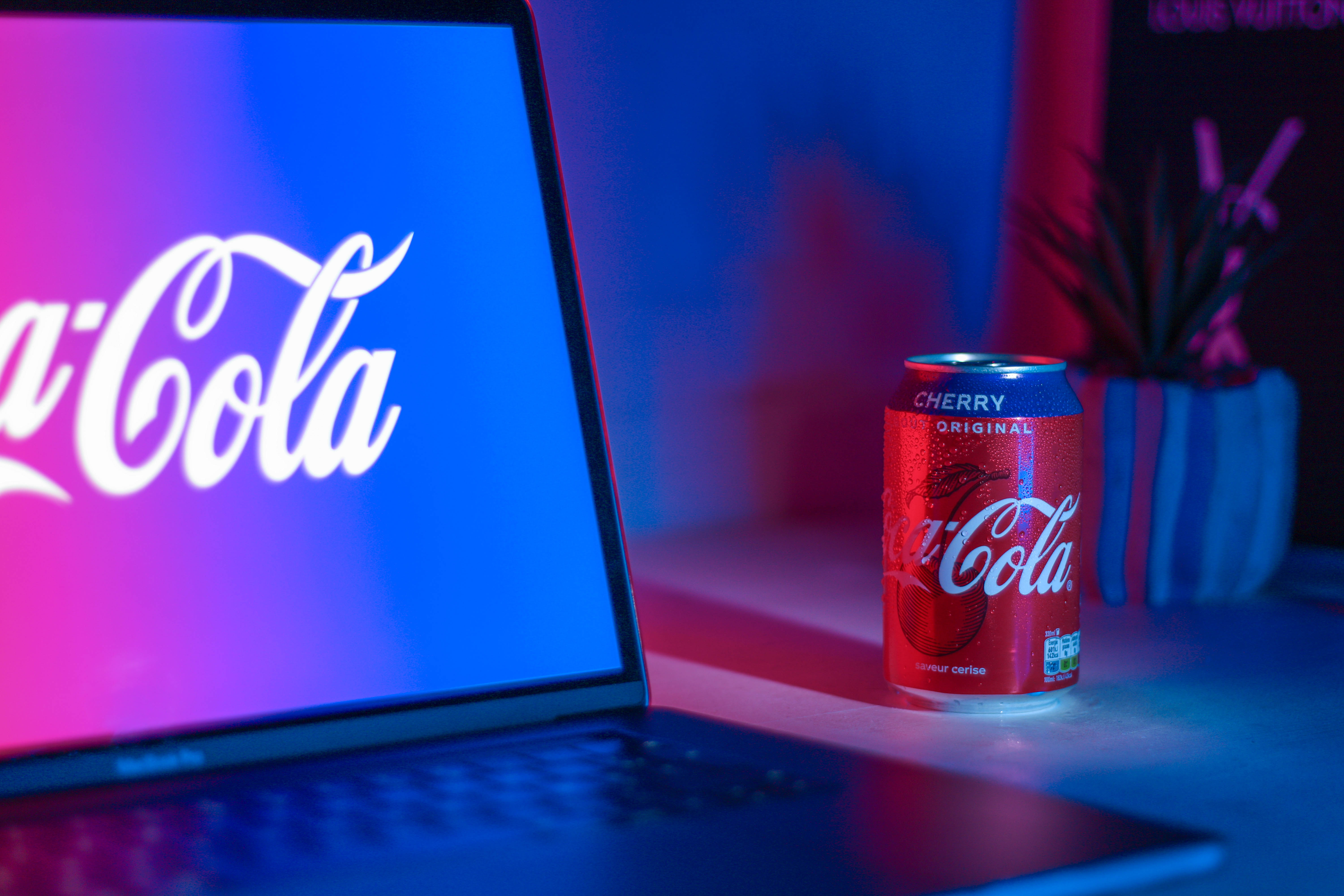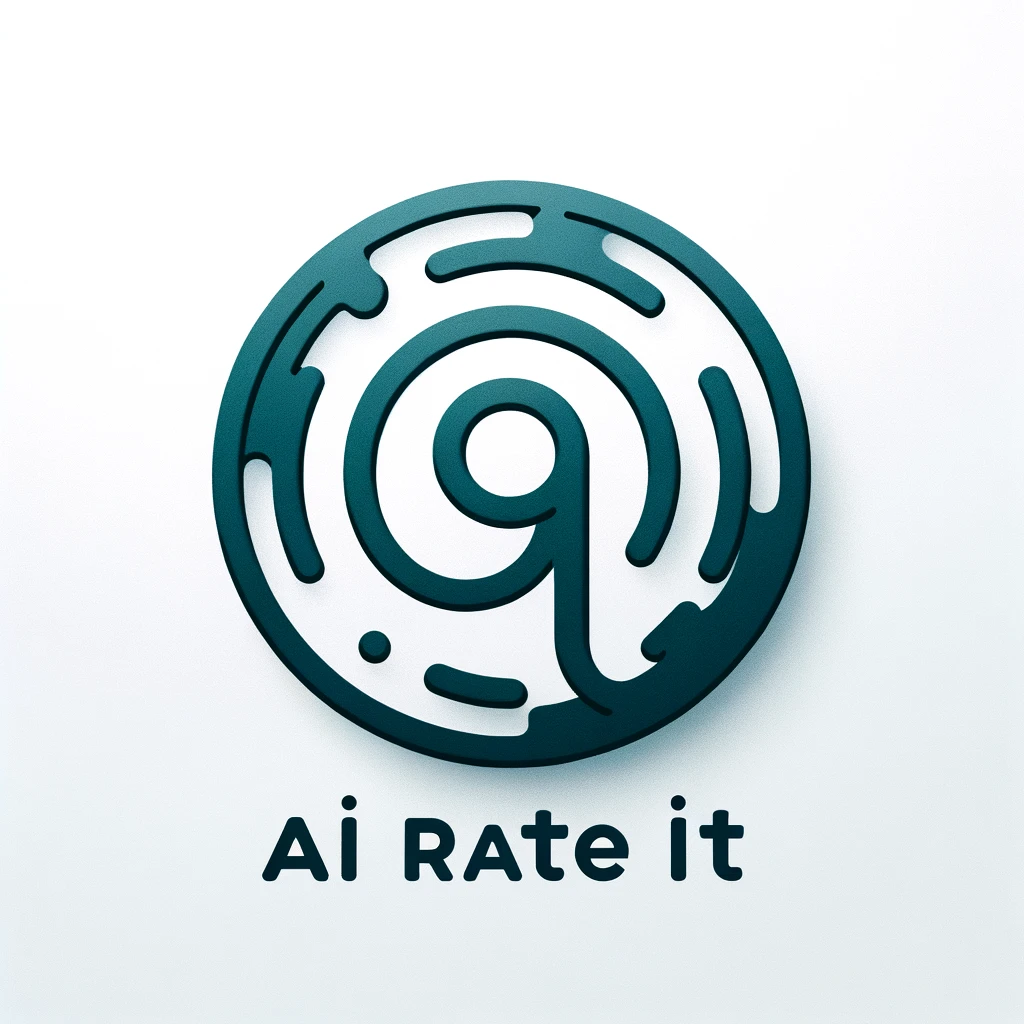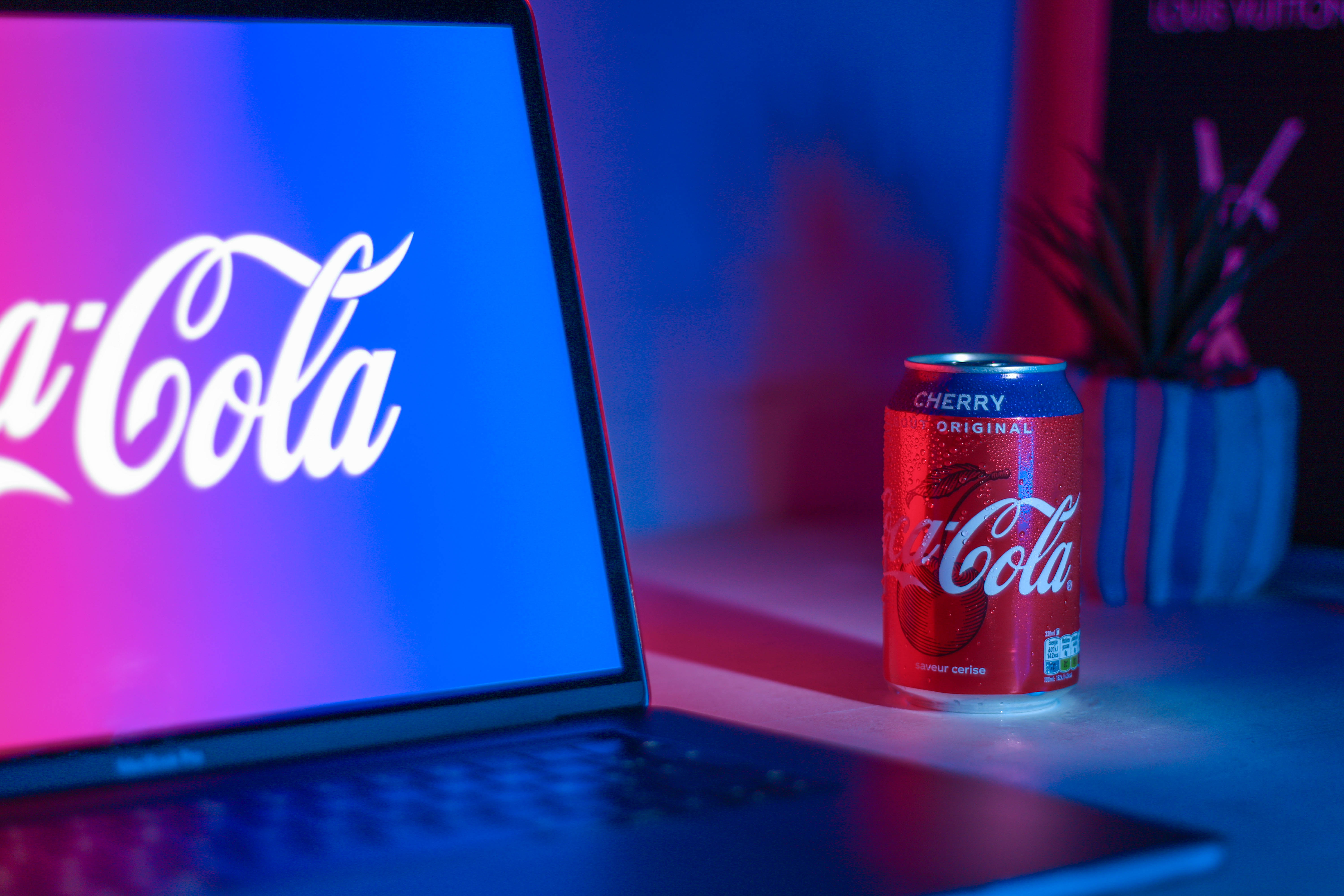Imagine a world where every advertisement and piece of copy is strategically crafted to resonate with its target audience, effortlessly capturing their attention and compelling them to take action. Thanks to the incredible advancements in artificial intelligence (AI), this vision is becoming a reality. AI is revolutionizing the way ad creative and copywriting are approached, unleashing a whole new level of precision, personalization, and creativity. By leveraging AI, brands can now harness valuable insights and data-driven strategies to create impactful campaigns that speak directly to their customers’ needs and desires. In this article, we will explore the fascinating impact of AI on ad creative and copywriting, uncovering the ways it is reshaping the advertising industry and empowering brands to connect with their audiences like never before.
Heading 1: Introduction
Welcome to this comprehensive article on the impact of AI on ad creative and copywriting! In today’s digital age, AI technology has transformed various industries, and the advertising sector is no exception. AI offers numerous benefits, such as enhanced personalization, improved efficiency, data-driven insights, and adaptive optimization. However, it also presents challenges, including a potential loss of human touch and creativity, ethical considerations, and the risk of bias and discrimination. In this article, we will explore how AI is revolutionizing ad creative and copywriting, the tools and platforms available, the AI-assisted process, its influence on ad campaign performance, ethical considerations, and future perspectives. So, let’s dive in and understand the profound impact of AI in the world of advertising!
Heading 2: Understanding AI in Ad Creative and Copywriting
Subheading 1: What is AI?
Artificial Intelligence (AI) refers to the simulation of human intelligence in machines, enabling them to perform tasks that would typically require human intelligence. AI systems are designed to analyze large sets of data, recognize patterns, and make decisions or take actions based on the information processed. AI algorithms can learn and improve over time, making them increasingly proficient at performing complex tasks with minimal human intervention.
Subheading 2: Overview of Ad Creative and Copywriting
Ad creative and copywriting play a crucial role in advertising campaigns. Ad creative refers to the visual elements, such as images and videos, used to capture the attention of the target audience and convey the brand’s message effectively. On the other hand, copywriting focuses on crafting persuasive and compelling written content, such as headlines, slogans, and ad copy, to engage and persuade potential customers.
Traditionally, ad creative and copywriting have relied heavily on human expertise and creativity. However, with advancements in AI, these processes can now be automated and optimized using intelligent algorithms, allowing for greater efficiency and targeting capabilities.
Heading 2: Benefits of AI in Ad Creative and Copywriting
Subheading 1: Enhanced Personalization
One of the significant advantages AI brings to ad creative and copywriting is enhanced personalization. By analyzing vast amounts of data, AI algorithms can generate tailored content that resonates with individual customers. This level of personalization helps create a more personalized and engaging user experience, increasing the likelihood of conversion and customer loyalty.
Subheading 2: Improved Efficiency
AI-powered tools and platforms streamline the ad creative and copywriting process, significantly improving efficiency. Automated copywriting tools can generate high-quality ad copy in a fraction of the time it would take a human copywriter. This not only saves time but also allows marketers to allocate their resources more effectively, focusing on strategic initiatives and higher-level tasks.
Subheading 3: Data-driven Insights and Targeting
AI algorithms possess the ability to analyze vast volumes of data, providing valuable insights into consumer behavior, preferences, and trends. By tapping into these insights, advertisers can make data-driven decisions that enable them to target their ads with precision. This targeted approach ensures that the right message is delivered to the right audience, boosting the overall effectiveness of advertising campaigns.
Subheading 4: Adaptive Optimization
AI-powered tools, such as Dynamic Creative Optimization (DCO), enable advertisers to continuously optimize their ad creative based on real-time data. These tools can dynamically adjust the content, layout, and design of ads to maximize their performance. By adapting to changing market conditions and user preferences, advertisers can ensure that their ad creative remains relevant and impactful.
Heading 2: Challenges of AI in Ad Creative and Copywriting
Subheading 1: Loss of Human Touch and Creativity
One of the primary concerns with AI in ad creative and copywriting is the potential loss of human touch and creativity. While AI algorithms can generate content quickly and efficiently, they may lack the emotional depth and nuanced creativity that humans bring to the table. Striking the right balance between automation and human expertise is crucial to maintain a strong brand voice and engage customers on a deeper level.
Subheading 2: Ethical Considerations
The integration of AI raises ethical considerations in ad creative and copywriting. AI algorithms may have limitations in understanding cultural sensitivities, context, and social nuances. There is a risk of inadvertently creating offensive or inappropriate content. Advertisers and AI developers must exercise caution to ensure that AI-generated content aligns with ethical guidelines and does not negatively impact a brand’s reputation or offend its target audience.
Subheading 3: Potential Bias and Discrimination
AI algorithms are only as unbiased as the data they are trained on. If the training data exhibits biases, such as gender or racial biases, the AI-generated content may perpetuate and amplify these biases. This can lead to unintended discrimination, exclusion, and inequality in advertising campaigns. It is vital for advertisers to regularly monitor and audit AI algorithms to identify and mitigate any potential biases and ensure fair representation and inclusivity in their ad creative and copywriting.

Heading 2: AI-Powered Ad Creative Tools and Platforms
Subheading 1: Natural Language Generation (NLG)
Natural Language Generation (NLG) is an AI-powered technology that enables machines to generate human-like text. NLG algorithms analyze data and convert it into coherent and contextually appropriate narratives, making it an invaluable tool for developing ad copy, blog posts, and other written content. NLG empowers marketers to generate personalized and persuasive ad copy at scale, significantly reducing time and resource requirements.
Subheading 2: Automated Copywriting Tools
Automated copywriting tools leverage AI to craft compelling ad copy and headlines. By analyzing data and understanding user preferences, these tools generate high-quality content quickly, freeing up valuable time for marketers. Automated copywriting tools often integrate with campaign management platforms, allowing for seamless creation and optimization of ad campaigns.
Subheading 3: Image and Video Generators
Images and videos can have a profound impact on consumer engagement and ad performance. AI-powered image and video generators enable marketers to create visually appealing and compelling assets with minimal effort. These tools leverage machine learning algorithms to automatically generate images and videos based on predefined parameters, streamlining the creative process and ensuring consistency across campaigns.
Subheading 4: Dynamic Creative Optimization (DCO)
Dynamic Creative Optimization (DCO) employs AI algorithms to dynamically adjust ad creative based on real-time data and user behavior. These tools automatically generate personalized content variations, tailoring the ad to each individual viewer. By adapting to user preferences, DCO maximizes engagement and conversion rates, ultimately driving better campaign performance.
Subheading 5: Programmatic Advertising Platforms
Programmatic advertising platforms leverage AI to automate ad placement and optimization. These platforms use machine learning algorithms to analyze user behavior, identify the most relevant ad inventory, and make real-time bidding decisions. By leveraging AI, programmatic advertising platforms optimize ad placements, minimize wasted ad spend, and maximize campaign ROI.
Heading 2: AI-Assisted Ad Creativity and Copywriting Process
Subheading 1: Data Analysis and Audience Insights
AI plays a significant role in analyzing data and extracting valuable insights to inform ad creative and copywriting strategies. By analyzing vast amounts of data, AI algorithms can identify patterns, preferences, and behaviors of target audiences. These insights enable marketers to understand their audience better, tailor their messaging, and create personalized ad creative that resonates with their target audience.
Subheading 2: Content Generation and Ideation
AI-powered tools assist in content generation and ideation by automating the process of creating ad copy and visual assets. Machine learning algorithms can analyze existing content, competitor strategies, and market trends to generate engaging headlines, slogans, and visual elements. By automating these traditionally time-consuming tasks, marketers can focus their efforts on strategic planning and higher-level creative thinking.
Subheading 3: Copywriting and Messaging
AI-powered tools can generate high-quality ad copy and messaging that aligns with the brand’s voice and resonates with the target audience. These tools analyze data, understand user preferences, and leverage natural language processing to craft persuasive and engaging copy. Marketers can collaborate with AI systems to refine and fine-tune the messaging, ensuring a seamless integration between human expertise and AI-generated content.
Subheading 4: Testing and Optimization
AI algorithms can analyze and optimize ad creative by conducting A/B testing and multivariate testing. By comparing different versions of ad creative, AI systems can identify the most effective variations and automatically adjust the campaign accordingly. This iterative optimization process ensures that the ad creative resonates with the target audience and delivers the desired outcomes in terms of engagement, conversions, and ROI.

Heading 2: AI’s Influence on Ad Campaign Performance
Subheading 1: Higher Click-through Rates (CTR) and Conversions
AI-powered ad creative and copywriting techniques have shown significant improvements in click-through rates (CTR) and conversions. Personalized ad creative generated by AI algorithms tends to resonate better with the target audience, resulting in higher engagement and a higher likelihood of conversion. The ability of AI algorithms to analyze and adapt in real-time contributes to maximizing user response and optimizing campaign performance.
Subheading 2: Improved Ad Relevance and User Engagement
AI enables advertisers to deliver highly relevant and targeted ad creative to the right audience at the right time. This improved relevance enhances user engagement, as users are more likely to respond positively to content that aligns with their preferences and needs. By leveraging AI insights, advertisers can create ad campaigns that provide value to users, resulting in increased brand affinity and user satisfaction.
Subheading 3: Enhanced Return on Ad Spend (ROAS)
The efficient and optimized nature of AI-powered ad creative and copywriting leads to improved return on ad spend (ROAS). By automating processes, reducing resource requirements, and delivering personalized content, advertisers can maximize the impact of their advertising investments. AI-driven optimization techniques, such as DCO and programmatic advertising platforms, ensure that ad budgets are allocated to the most effective placements and yield the highest possible return.
Heading 2: Ethical Considerations in AI-driven Ad Creative and Copywriting
Subheading 1: Accountability and Transparency
AI-powered ad creative and copywriting must prioritize accountability and transparency. Advertisers and AI developers must ensure that the algorithms used to generate ad content are transparent and accountable. This includes providing clear guidelines and rules for AI systems to prevent the generation of inappropriate or misleading content. A transparent approach helps build trust with consumers and mitigates the risk of any negative repercussions.
Subheading 2: Avoiding Bias and Discrimination
AI algorithms, when trained on biased data, can inadvertently perpetuate biases and discrimination in ad creative and copywriting. Advertisers must actively work to avoid any biases and discrimination in the generated content. This can be achieved by regularly auditing and monitoring AI algorithms, addressing any biases found, and employing diverse and representative training datasets. By prioritizing fairness and inclusivity, advertisers can ensure the ethical use of AI in ad creative and copywriting.
Subheading 3: Protecting Consumer Privacy
With the use of AI in ad creative and copywriting, the collection and analysis of user data play a crucial role. Advertisers must handle consumer data responsibly and prioritize user privacy. Compliance with privacy regulations and obtaining explicit consent for data processing is essential. Protecting consumer privacy builds trust and enables users to have confidence in the ethical use of AI in advertising.
Heading 2: Future Perspectives
Subheading 1: Advancements in AI Technologies
The future of AI-driven ad creative and copywriting holds incredible promise. Advancements in AI technologies, such as natural language processing, computer vision, and generative adversarial networks (GANs), will further enhance the capabilities of AI systems. These advancements will lead to even more sophisticated and creative ad content, enabling advertisers to engage with their audience on a deeper and more meaningful level.
Subheading 2: Integration with Emerging Digital Channels
As digital channels continue to evolve, AI will play a pivotal role in integrating ad creative and copywriting across these platforms. From voice search and virtual assistants to augmented reality and immersive experiences, AI-powered ad creative will adapt to the unique characteristics of each channel, ensuring consistency and effectiveness. The integration of AI with emerging digital channels opens up new avenues for creative storytelling and brand experiences.
Subheading 3: Augmented Creativity
Rather than replacing human creativity, AI will augment and enhance it. AI-powered tools and platforms will enable marketers and creative professionals to streamline their workflow, automate repetitive tasks, and gain valuable insights. By leveraging AI’s data-driven capabilities, human creatives can focus on strategic thinking, ideation, and adding the emotional depth that AI lacks. The collaboration between humans and AI will lead to a new era of creative possibilities and innovative ad campaigns.
Heading 2: Conclusion
AI has undoubtedly made a significant impact on ad creative and copywriting. The benefits of enhanced personalization, improved efficiency, data-driven insights, and adaptive optimization have revolutionized the advertising industry. However, challenges such as the potential loss of human touch, ethical considerations, and the risk of bias and discrimination must be addressed responsively. The tools and platforms powered by AI offer a wide range of capabilities, from natural language generation to dynamic creative optimization, enabling marketers to create impactful and personalized ad campaigns. AI’s influence on ad campaign performance is evidenced by higher click-through rates, improved ad relevance, and enhanced return on ad spend. As AI continues to evolve, it is crucial to prioritize ethical considerations, including accountability, fairness, and user privacy. Looking to the future, advancements in AI technologies and integration with emerging digital channels will unlock even greater creative possibilities. By embracing a collaborative approach between humans and AI, advertisers can harness the full potential of AI to drive innovation, create engaging ad creative, and deliver exceptional experiences to their target audiences.





